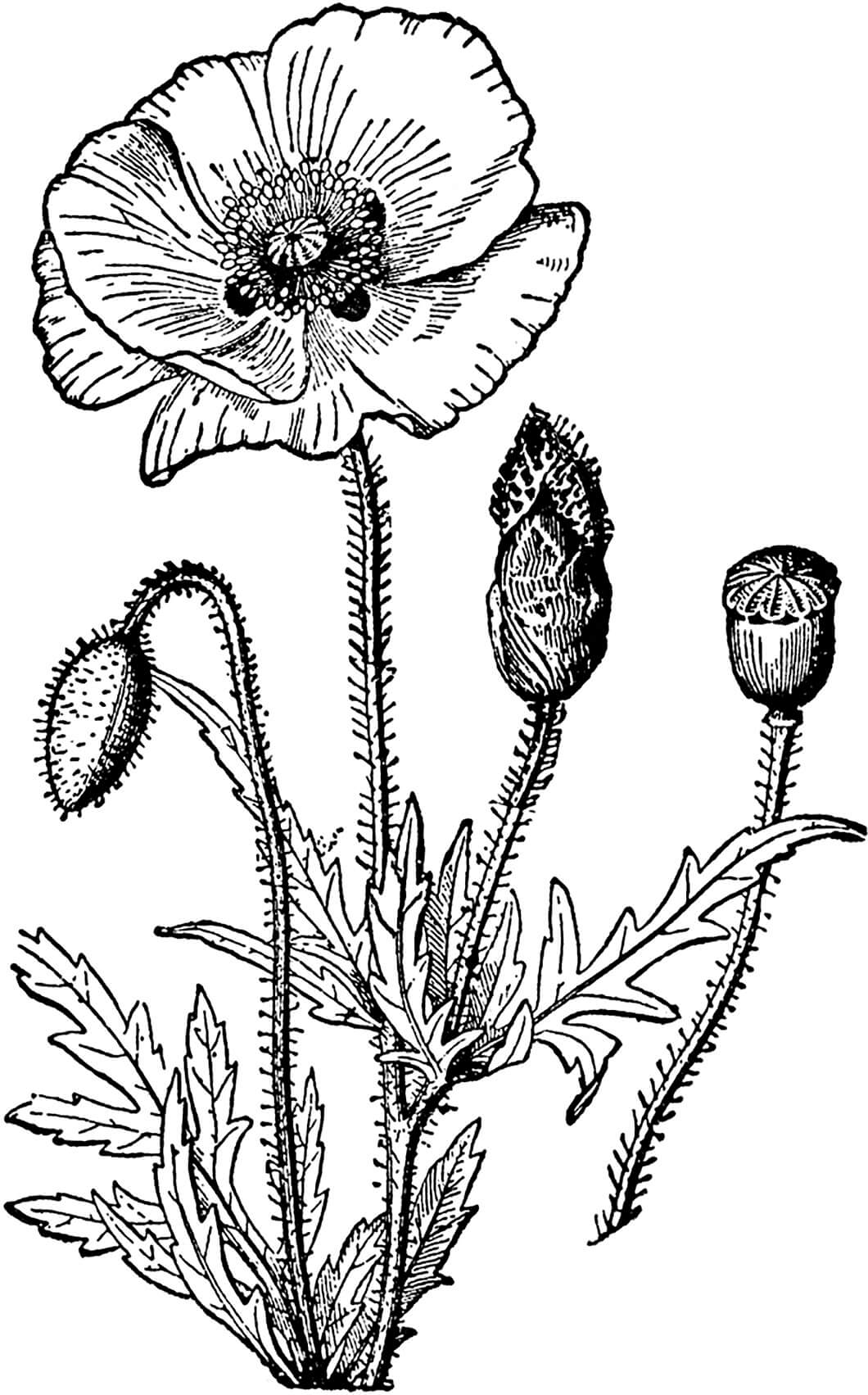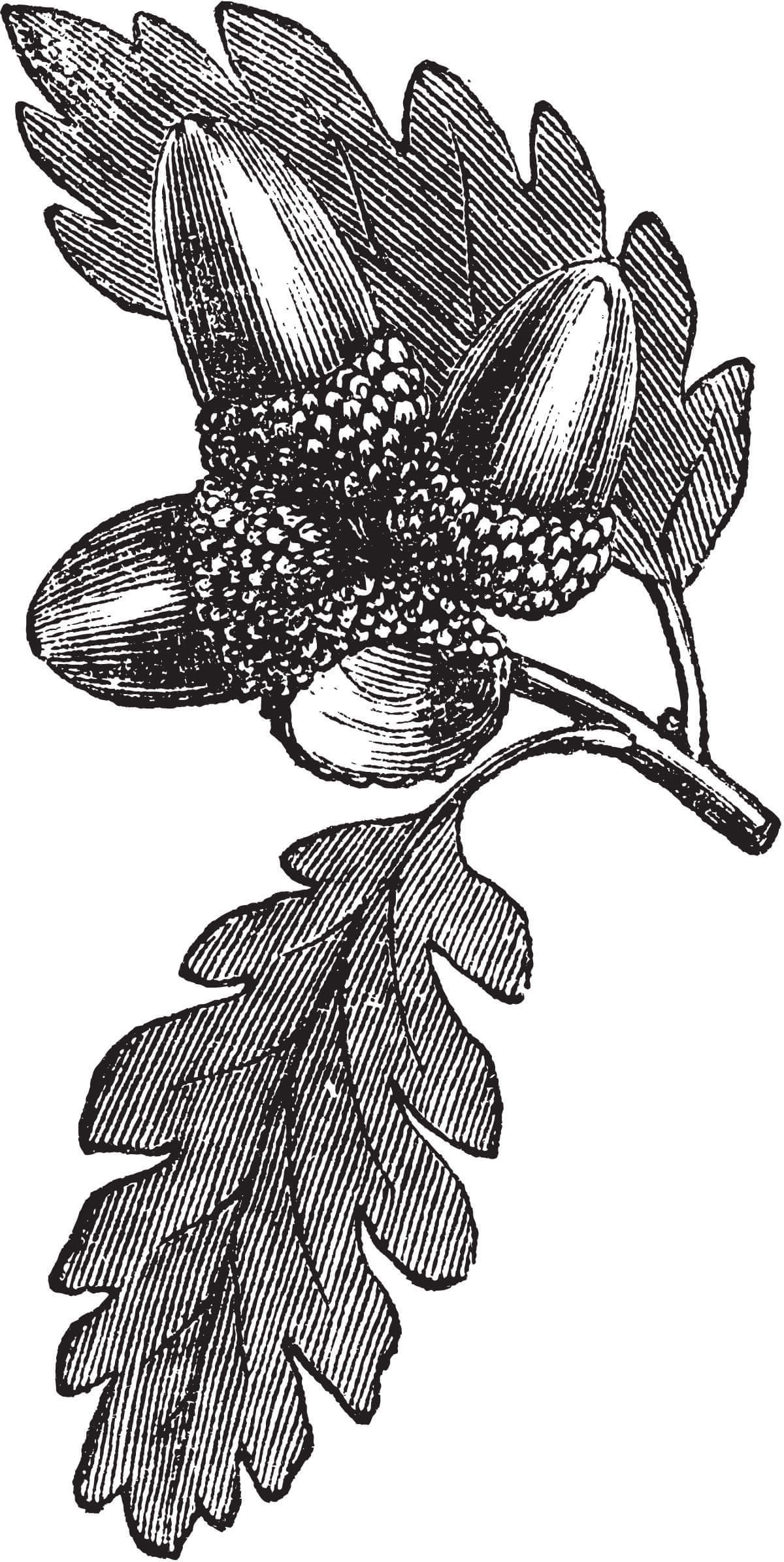A lot of us have come to expect Herculean efforts out of LandPaths. It’s an indication of the trust the community has in the organization’s ability to pull big things off.
You started working at the Ag + Open Space District 25 years ago – the same year LandPaths was founded. What was it like back then in terms of conservation and public access in Sonoma County?
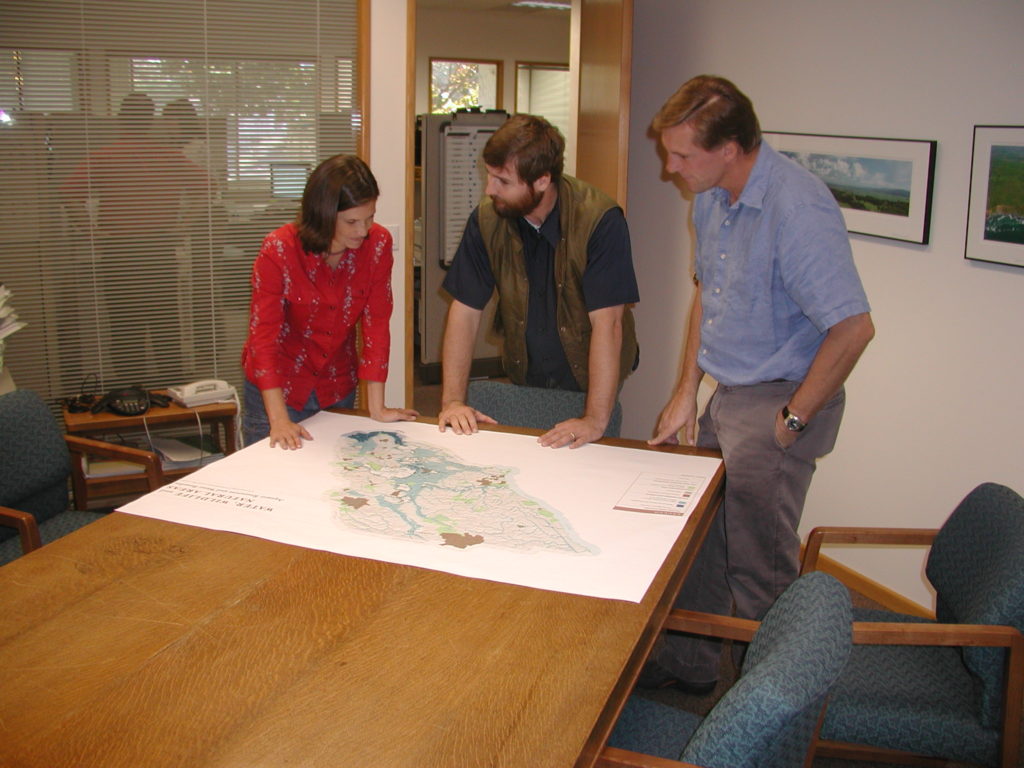
I joined Ag + Open Space in 1996, and I feel like I was so lucky to be there back then, when the founders were still around. They were talking about it in such an inspirational way, not just bottom lines and budgets, but full of all that energy that it took to start the agency. I got to get that from them, when I was in my early 20s and just starting out.
In our early years at Ag + Open Space, we were doing conservation easements over private properties, we were buying a lot of land outright to add to parks, and folks were only understanding to a small extent the intangible community benefits of what we were doing – like protecting amazing rural vistas or land to filter our water and air, and some people just cared genuinely about wildlife having a place to survive. But, we got a lot of feedback of not doing enough for recreation – people wanted to touch and feel the land. We were not set up for that, but there was just a huge outcry from the community to find creative ways to provide access.
What’s changed over those 25 years, what has LandPaths’ role and impact been?
Twenty-five years ago, the focus was on community separator lands, greenbelts between urban communities. Folks were really driven to look at how to conserve lands outside of city limits, to ensure that there were spaces in between urban communities that had all those amazing benefits, like access to healthy food through local food production and recreational access within a half hour or so of where you live. Now, every community in Sonoma County has an urban growth boundary adopted, which most of these now cannot be modified without a vote of the people. Once that was in place, it really changed the focus, folks got a lot less worried about those establishing areas and a lot more open to thinking about “what does a connected, protected system of land look like in our county?” So, there’s been a big evolution of people’s priorities in the County.
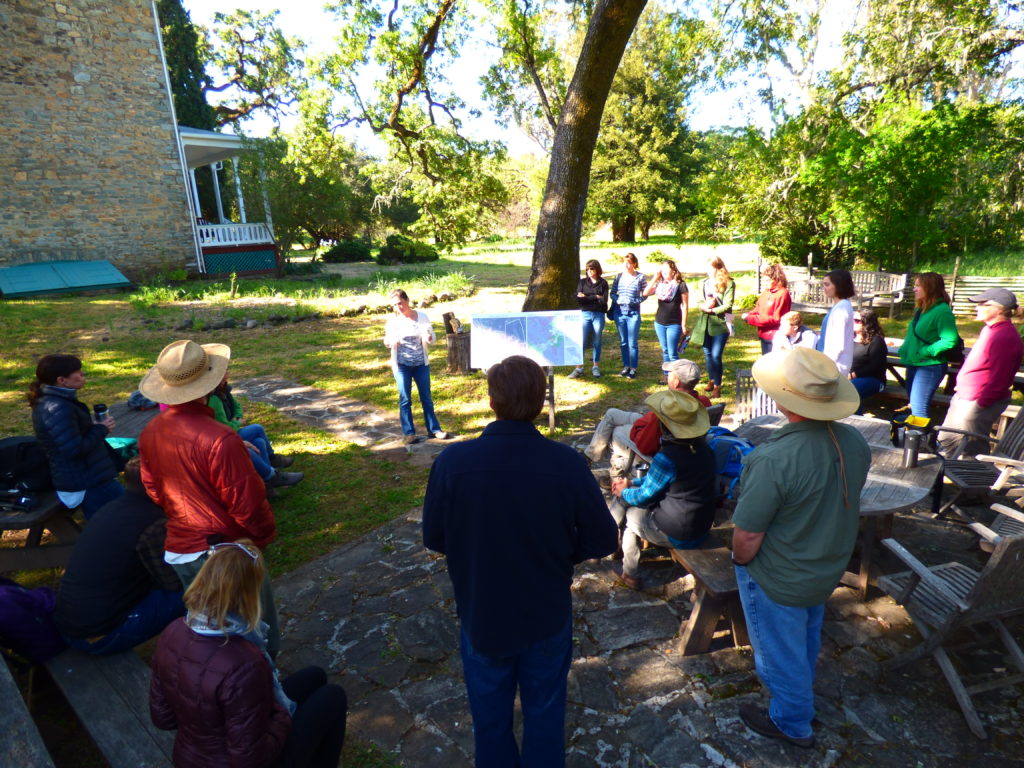
So, in those early years, I thought the LandPaths idea was brilliant. LandPaths was the nonprofit partner, acting as the connector between Ag + Open Space lands, private landowners, and the public – providing public tours, helping ensure the public was able to visit and enjoy these sites. That really impacted how we evolved together with that public demand met. Ag + Open Space has really worked hard with our partners to buy land outright to create new parks and open space preserves – we have multiplied the amount of publicly available lands in Sonoma County by tens of thousands of acres. And one thing I have watched LandPaths do really well is identify needs and then just fill them. So we’ve relied on LandPaths so much to take ownership of land and manage land, and LandPaths’ caring for land in a manner that is an educational opportunity sets an example. You are doing that kind of land management and then exposing people to what that means. I think that’s enormous.
We look to LandPaths to be a partner, connecting people to land, which is a piece of the work that we don’t typically facilitate ourselves. And, we rely on LandPaths for strong relationships, for when we have a landowner who is open to letting the public on their land, but really needs to trust the organization and the individual they’ll be working with, who will be leading the outing on their land. A lot of us have come to expect herculean efforts out of LandPaths. It’s this small nonprofit, and something huge will come up in an Ag + Open Space meeting, and all these voices volunteer LandPaths to do it. It is an indication of the trust the community has in the organization’s ability to pull big things off, whether a large land acquisition or small-scale urban community farm.
What do you wish for the future for Sonoma County, for conservation and open space preservation? How can LandPaths and the Open Space District each help get us there? What motivates you?
My blue sky wish for Sonoma County is that there is a connected system of lands that is healthy, naturally stewarded, and provides local food sources – so that we no longer have an issue of food scarcity, that the food system is locally supported and maintained, and that people have access to the land. In my mind, within this connected system of lands, there’s incredible biodiversity and a diversity of use: there are places that are sanctuaries for wildlife and not accessible by people, and there are those that are available to people. We need those spaces near peoples’ communities where they live, like Bayer Farm, where you can experience it on a regular basis, and we need some large-scale and wilder spaces, like an open space preserve further from a community. People need get to know and love those systems themselves, so they want to continue to protect them.
I’m so thankful that LandPaths has evolved and changed – not lost their roots but just grown deeper roots and outward branches that just pay back in dividends to the community. LandPaths exposes the community, all the diversity of people here, to the benefits that Sonoma County landscapes offer.
And now with climate change, fires, floods, all these new layers, we need to think about how to address those things as well. Right now, in this moment you have high level executives in the State of California and across the nation, even at the presidential level, talking about land conservation as one of the keys to climate resiliency. It feels like an “aha moment” for us collectively. Attention is finally being drawn back to the land itself – that when we protect land, natural systems will have the ability to adapt.
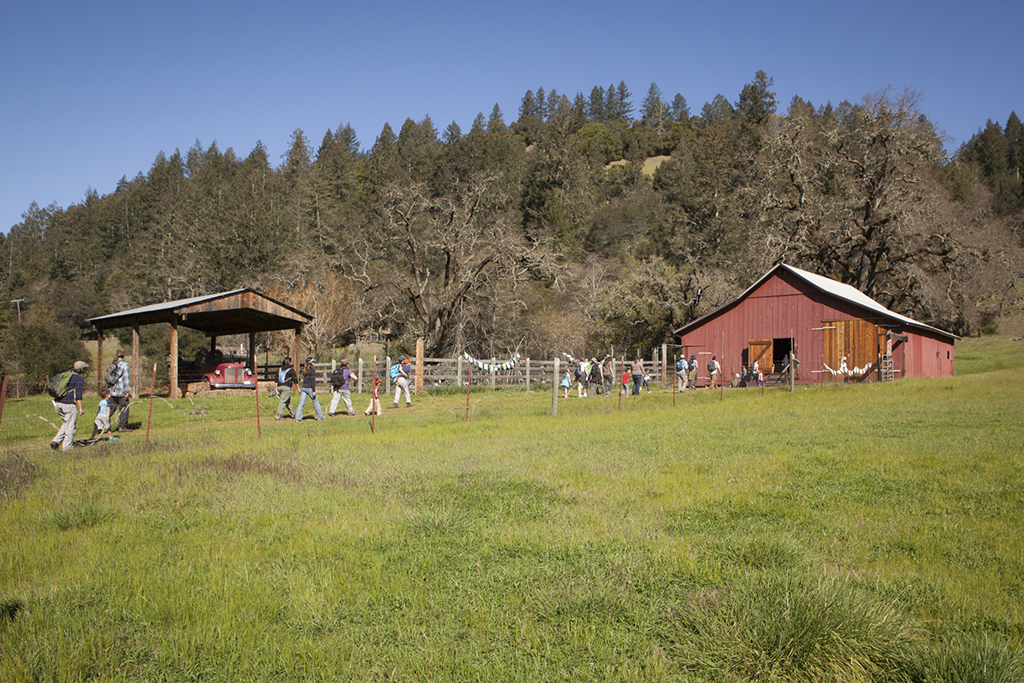
The science is hugely inspiring to me right now, because scientists are saying things like “we can’t perfectly predict how systems are going to adapt and change. We don’t want to try to predict and get it wrong. So instead, we should just protect at least 30 to 50 percent of natural systems in a diversity of topography and climate and sun exposure and water availability, so as the systems change in these ways we can’t understand, there’s enough room to adapt.”
It’s a conservative approach to say 30%, but that number being said publicly, and in a political context, is amazing. And in places that are more progressive like the Bay Area, they’re setting 50% by 2050 goals! It’s not going to perfectly save every species, but it is such a relief as a direction to move in – as somebody who is a land conservation professional, I think “ok I could do that, just get lots of land protected and focus on that as the way to stay resilient and adaptive to climate change.” I know climate change is huge, and I’m super scared myself, but this idea is something we can actually sink our teeth into in a way that is completely consistent with what the voters intended for our district.
The land itself – the natural systems and the rural agricultural systems – it’s a part of our community character, the fabric of our community, part of what Sonoma County means and stands for… so that the idea of the natural land and open space and rural landscapes being converted to other types of uses or developed or impacted – this is what drives me to work hard to ensure that’s not the case for the majority of these places.

